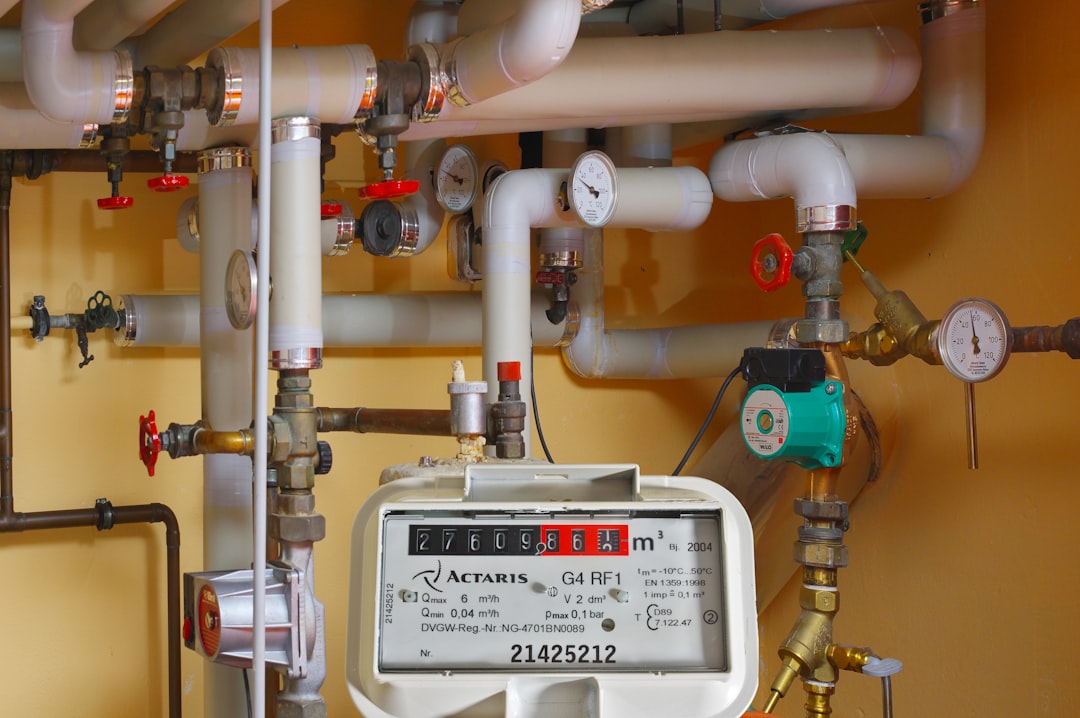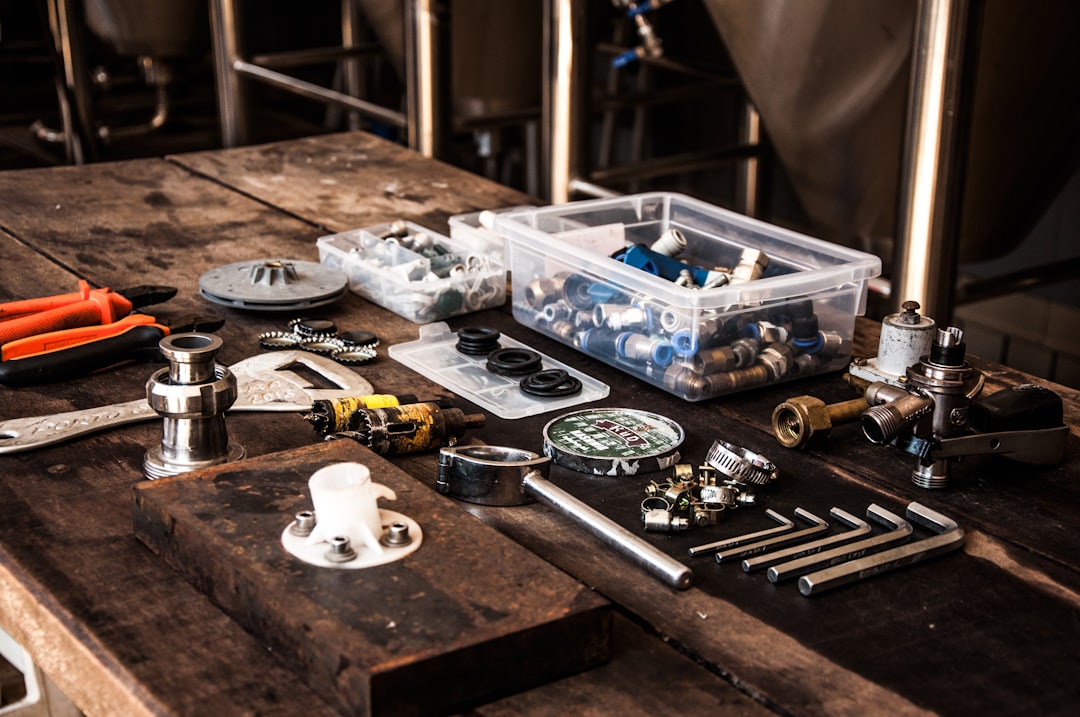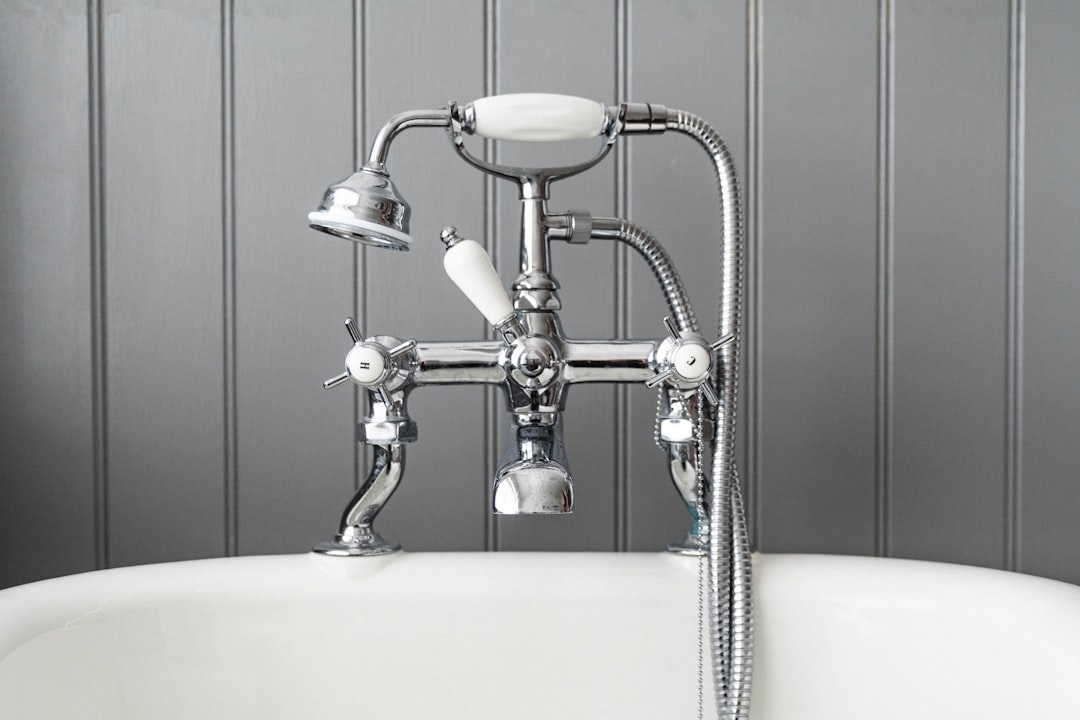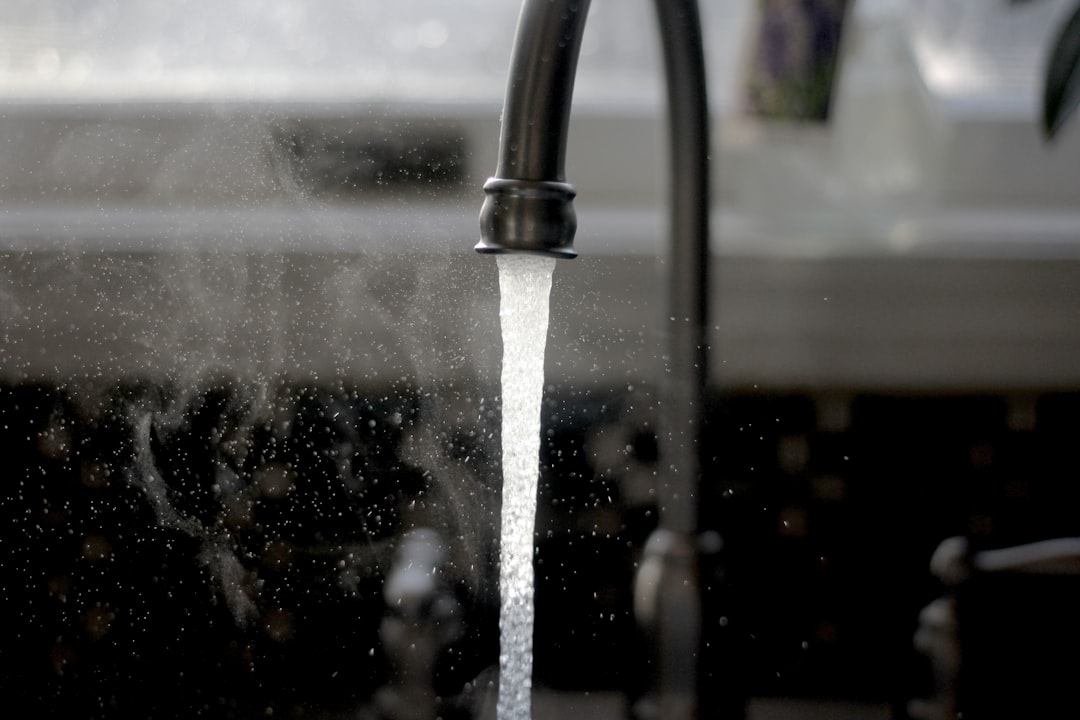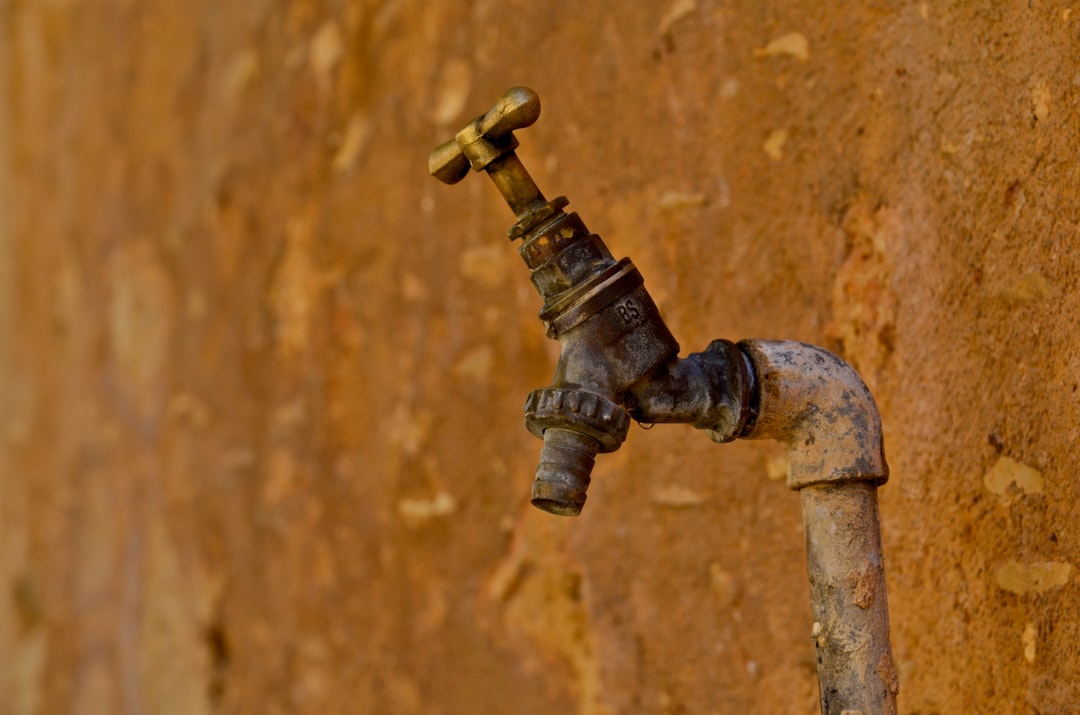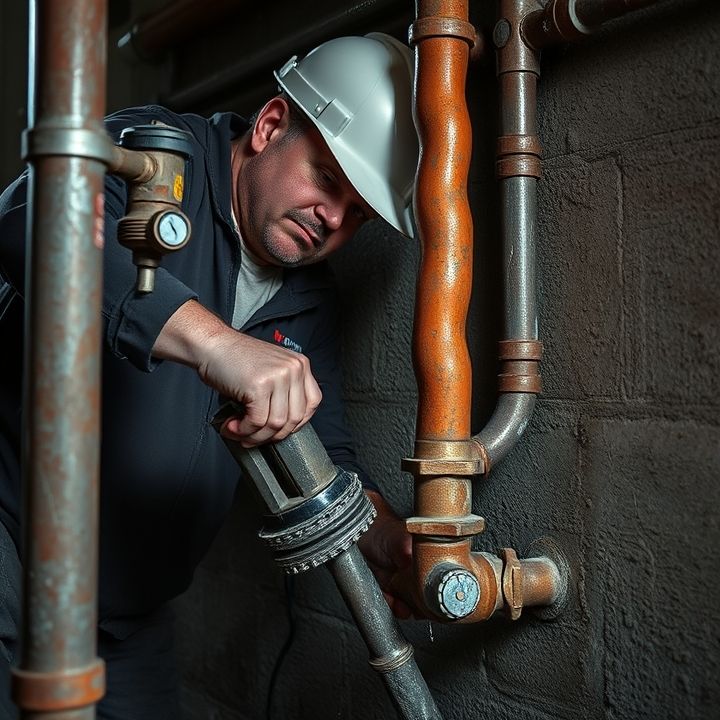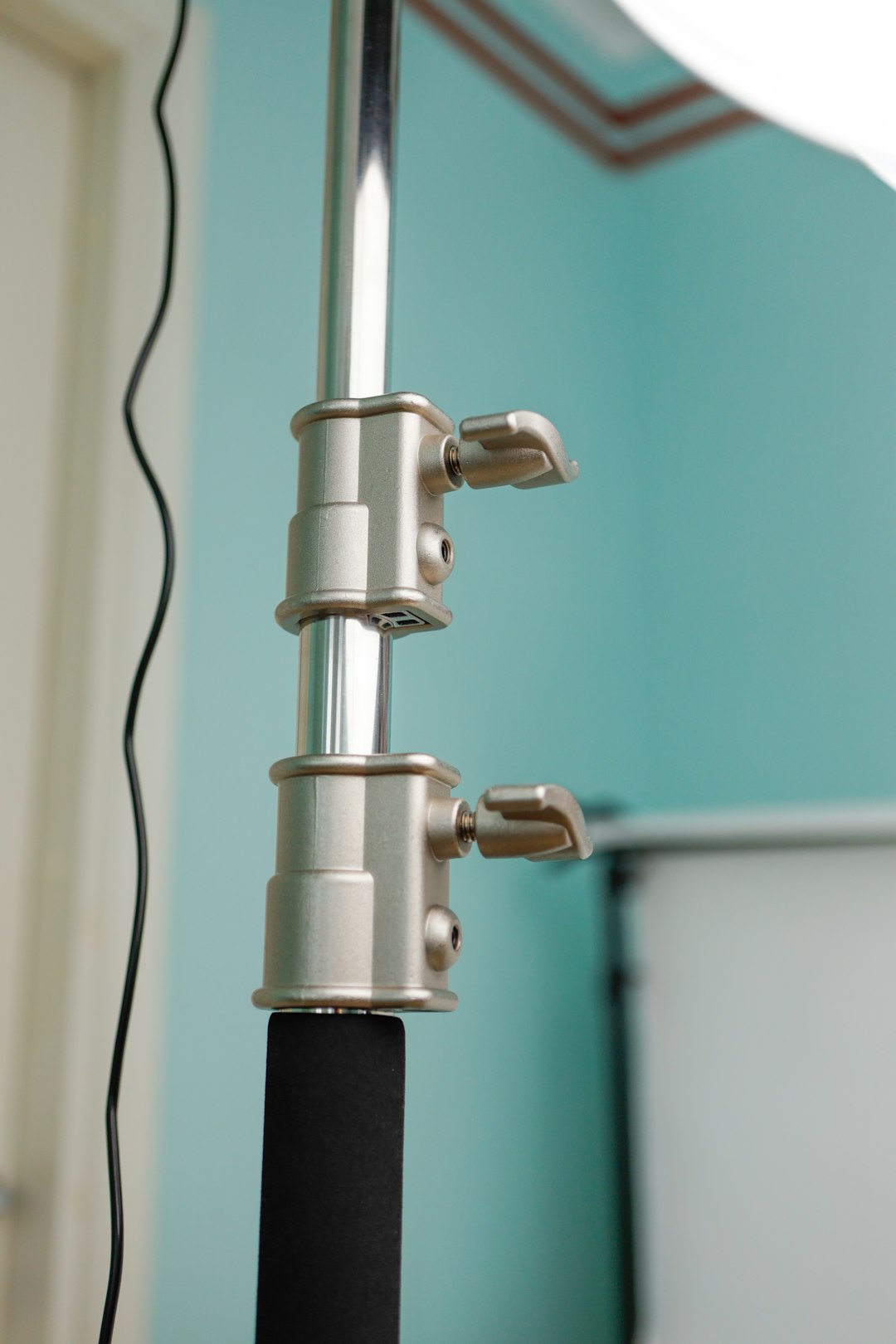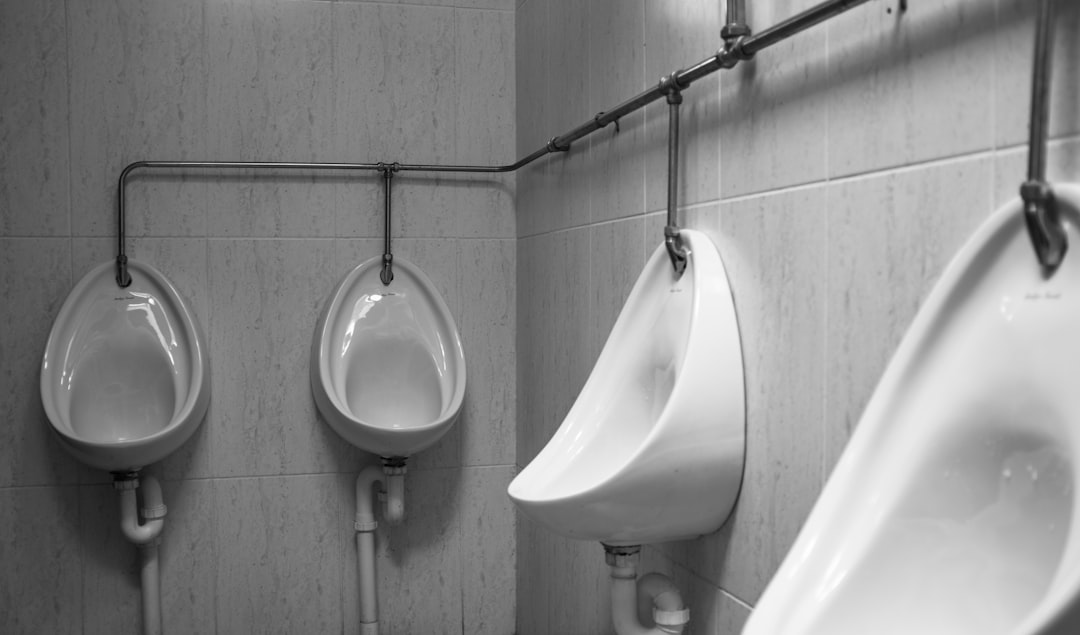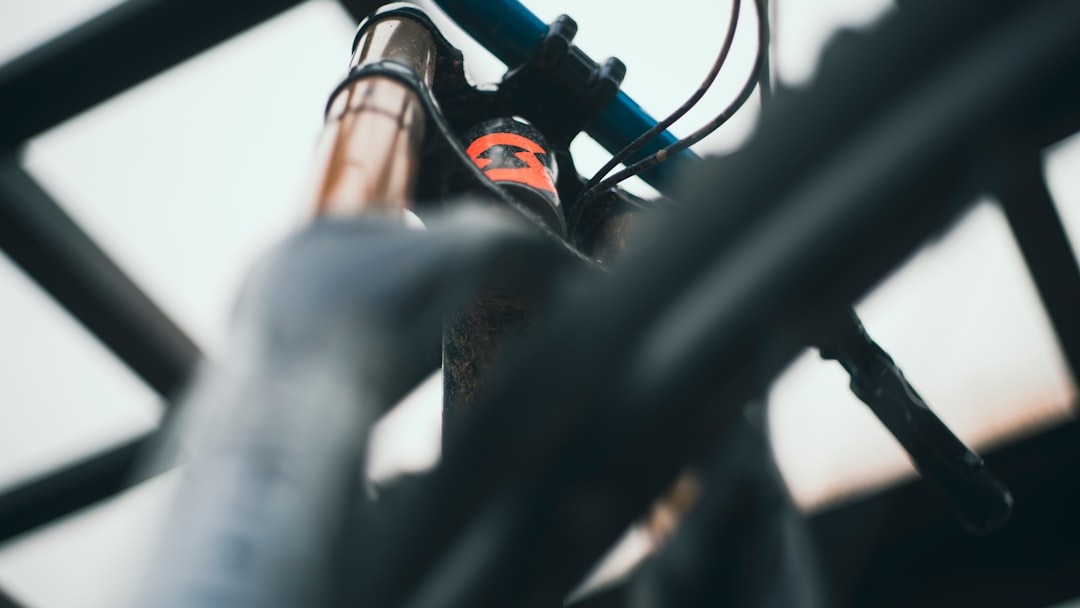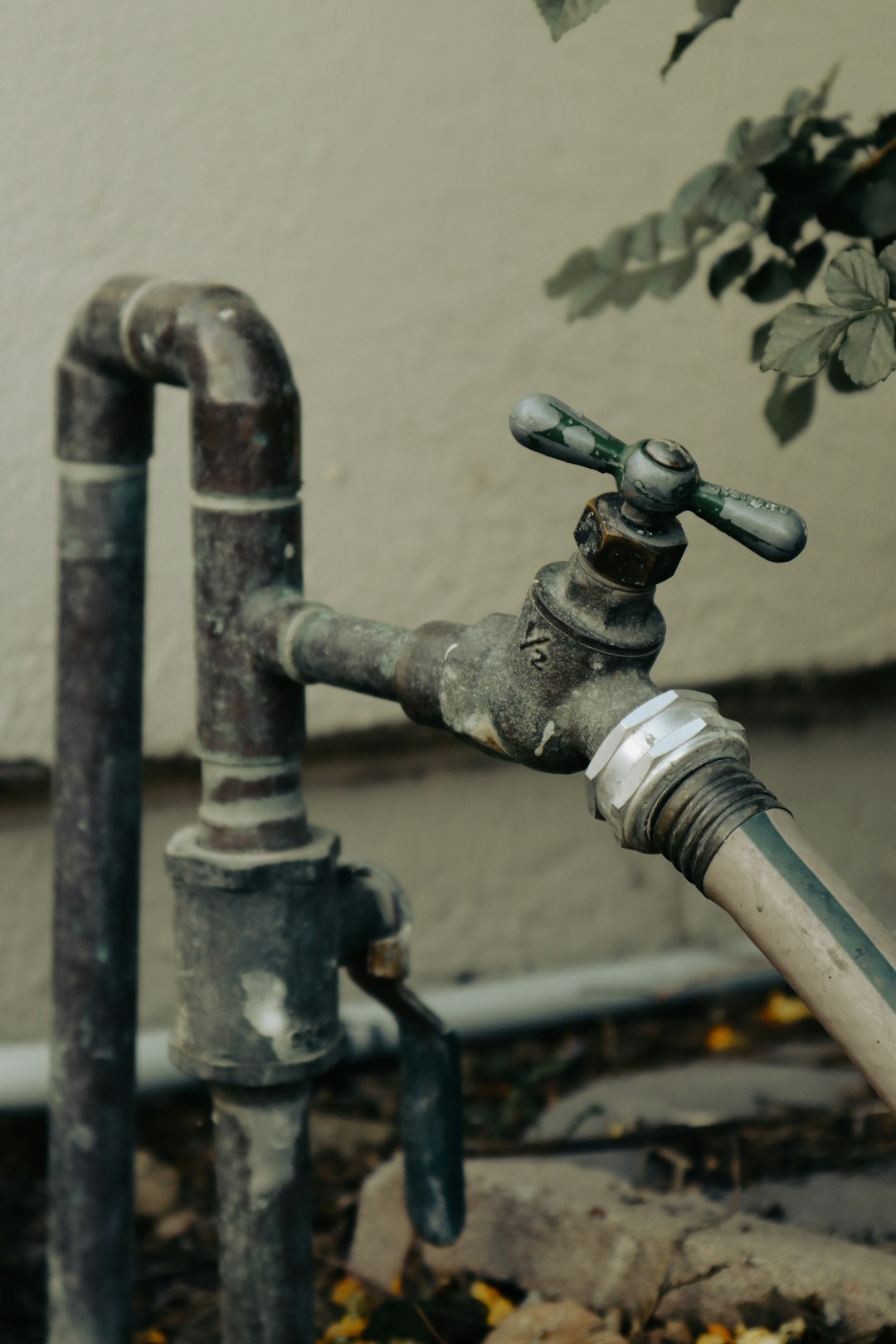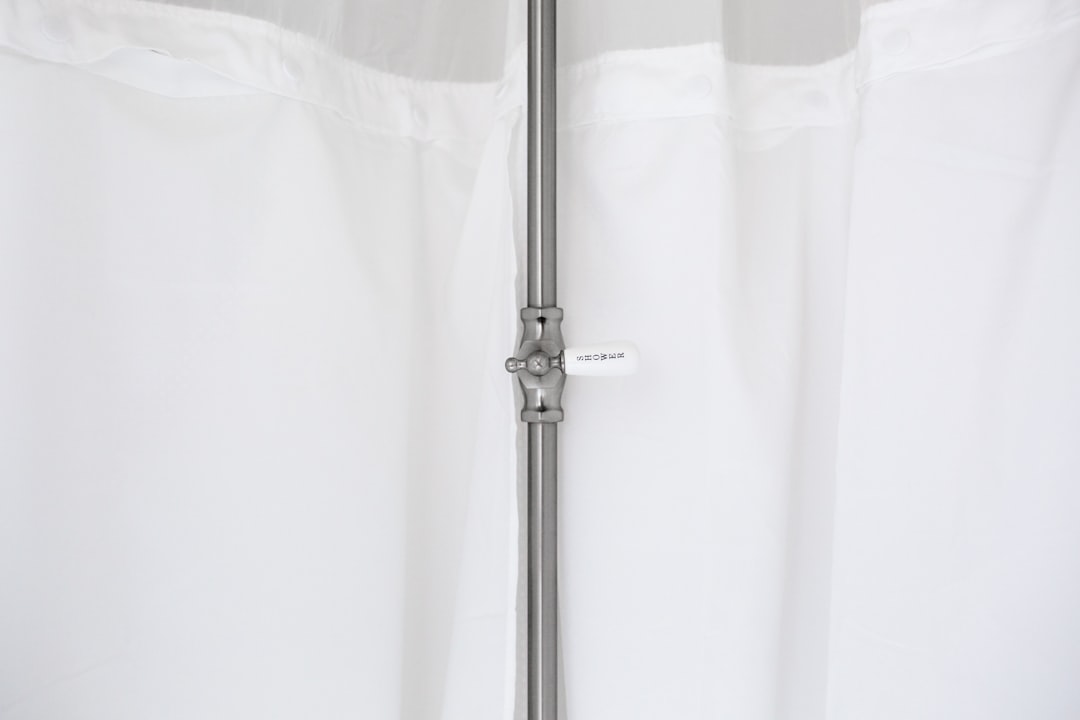Table of Contents
- Introduction
- Definition and qualifications of a journeyman plumber
- Definition and qualifications of a master plumber
- Differences in training and certification requirements
- Scope of work and responsibilities for journeyman versus master plumbers
- Common plumbing services provided by journeyman plumbers
- Advanced plumbing services typically offered by master plumbers
- Licensing and regulatory considerations for journeyman and master plumbers
- Impact on cost and customer trust when hiring a journeyman versus a master plumber
- Conclusion
- Frequently Asked Questions
Introduction
In the dynamic world of plumbing, two distinct levels of expertise stand out: the journeyman plumber and the master plumber.
While both play critical roles in ensuring our homes and businesses function seamlessly, understanding the differences between these two classifications can help consumers make informed choices when it comes to hiring plumbing professionals.
Journeymen plumbers possess a solid foundation of skills and knowledge, often undertaking a wide range of plumbing tasks. In contrast, master plumbers have reached the pinnacle of their profession, demonstrating advanced expertise, problem-solving abilities, and often leading teams of journeymen.
As you delve into this article, you’ll uncover essential insights into their qualifications, responsibilities, and the significance of each role within the industry.
Definition and qualifications of a journeyman plumber
A journeyman plumber is a skilled tradesperson who has completed an apprenticeship and possesses the necessary knowledge and experience to perform plumbing tasks independently. Journeyman plumbers are typically required to pass a licensing exam, which tests their understanding of plumbing codes, safety practices, and the technical skills required for the job.
The qualifications of a journeyman plumber generally include a high school diploma or equivalent, completion of an apprenticeship program that lasts several years, and a state-issued license. During their apprenticeship, they gain hands-on experience under the supervision of a master plumber, learning about installation, maintenance, and repair of plumbing systems, including pipes, fixtures, and appliances.
Journeyman plumbers must also stay updated with industry standards and building codes to ensure compliance and safety in their work. Their expertise allows them to tackle a wide range of plumbing tasks, from residential plumbing issues to more complex commercial systems, making them crucial to the functioning of any plumbing system.
Definition and qualifications of a master plumber
A master plumber is a highly skilled professional in the plumbing industry, recognized for their extensive knowledge and expertise. To become a master plumber, individuals typically must first gain experience as a journeyman plumber, completing a stipulated number of hours in the field. This stage generally involves hands-on training under the supervision of licensed professionals.
Once the journeyman phase is completed, candidates are required to pass a comprehensive licensing examination that tests their understanding of plumbing codes, systems, and advanced techniques. Master plumbers often have a deep understanding of water supply systems, drainage, and building codes, ensuring compliance with safety standards.
In addition to technical skills, master plumbers often have responsibilities related to project management, including overseeing teams, estimating costs, and communicating with clients. They may also engage in continuing education to stay current with industry advancements and regulatory changes. This blend of practical experience, technical knowledge, and managerial skills differentiates master plumbers from their journeyman counterparts, making them invaluable in complex plumbing projects.
Differences in training and certification requirements
The training and certification requirements for journeyman and master plumbers differ significantly, reflecting the levels of expertise and responsibility associated with each role. A journeyman plumber typically completes a plumbing apprenticeship, which includes a combination of classroom education and practical on-the-job training. This apprenticeship usually lasts around four to five years, during which the individual learns the fundamentals of plumbing systems, building codes, safety regulations, and various installation techniques. After completing the apprenticeship, the individual must pass a journeyman plumbing exam to obtain licensure.
On the other hand, becoming a master plumber involves additional experience and education beyond that of a journeyman. Most states require candidates to have several years of work experience as a licensed journeyman, often around two to five years. Master plumber programs may also involve advanced coursework in areas such as plumbing design, business management, and leadership skills. To earn the master plumber certification, candidates must pass a comprehensive exam that tests their knowledge and expertise. This certification allows master plumbers to take on larger projects, supervise other plumbers, and even provide training.
Scope of work and responsibilities for journeyman versus master plumbers
The scope of work and responsibilities for journeyman and master plumbers vary significantly, reflecting their levels of experience and expertise. A journeyman plumber is typically someone who has completed an apprenticeship and is licensed to work independently. Their responsibilities include installing, repairing, and maintaining plumbing systems, as well as ensuring that all work complies with local codes and regulations. They may also work on residential and commercial projects, handling tasks such as fixing leaks, installing fixtures, and performing routine maintenance.
In contrast, a master plumber has achieved a higher level of certification and expertise. This designation often requires several years of experience, passing a rigorous exam, and demonstrating advanced knowledge in plumbing systems. Master plumbers may take on supervisory roles, overseeing journeyman plumbers and apprentices. They are also responsible for designing plumbing systems, applying for permits, and ensuring that all work meets safety standards. Their extensive knowledge allows them to troubleshoot complex issues and provide guidance on innovative plumbing solutions. Overall, while both roles are essential in the plumbing industry, the scope of responsibilities for master plumbers is broader and more intricate.
Common plumbing services provided by journeyman plumbers
Journeyman plumbers play a crucial role in the plumbing industry, offering a wide range of essential services. They are skilled professionals who have completed their apprenticeship and possess the necessary training to perform various plumbing tasks.
One common service provided by journeyman plumbers is the installation of plumbing fixtures, including sinks, toilets, and bathtubs. They also handle the repair and replacement of pipes, which is vital for preventing leaks and water damage.
Furthermore, journeyman plumbers are equipped to troubleshoot and resolve plumbing issues, such as clogged drains and malfunctioning water heaters. They employ a variety of techniques and tools to ensure that plumbing systems function correctly and efficiently.
In addition to these services, journeyman plumbers often assist in routine maintenance tasks, such as inspecting plumbing systems for potential problems and performing preventative maintenance to extend the lifespan of plumbing installations. Their expertise makes them invaluable for both residential and commercial plumbing needs.
Advanced plumbing services typically offered by master plumbers
Master plumbers are highly skilled professionals who offer a range of advanced plumbing services that go beyond the capabilities of journeyman plumbers. These services often include complex installations, repairs, and maintenance of plumbing systems that require extensive knowledge and experience. One of the primary services offered by master plumbers is the design and installation of sophisticated plumbing systems for both residential and commercial properties.
Additionally, they are experts in troubleshooting and resolving intricate plumbing issues, such as those involving advanced drainage systems or high-efficiency fixtures. Master plumbers are also qualified to handle gas line installations and repairs, ensuring safety and compliance with local codes.
Moreover, they may provide specialized services such as retrofitting outdated plumbing systems, implementing water-saving technologies, and conducting comprehensive plumbing inspections. This expertise ensures that plumbing systems operate efficiently and comply with the latest industry standards.
With their advanced technical skills and in-depth understanding of plumbing principles, master plumbers play a crucial role in delivering reliable plumbing solutions.
Licensing and regulatory considerations for journeyman and master plumbers
Licensing and regulatory considerations play a significant role in distinguishing journeyman plumbers from master plumbers. To become a journeyman plumber, an individual typically must complete an apprenticeship program that lasts several years, during which they acquire hands-on experience and technical knowledge. After completing the apprenticeship, candidates must pass a licensing examination specific to their state or locality. This license allows them to work independently but generally requires supervision from higher-level professionals for complex projects.
In contrast, master plumbers possess a deeper level of expertise and are generally required to have several years of experience working as a journeyman plumber. To obtain a master plumber license, candidates must pass a more advanced examination that tests their knowledge of plumbing codes, regulations, and advanced plumbing techniques. Master plumbers are often responsible for overseeing projects, managing teams of journeymen and apprentices, and ensuring compliance with local plumbing laws. They may also be involved in obtaining permits and inspections, further emphasizing their role in the regulatory landscape of the plumbing industry.
Impact on cost and customer trust when hiring a journeyman versus a master plumber
When deciding between hiring a journeyman plumber and a master plumber, the impact on cost and customer trust can vary significantly.
Journeyman plumbers typically charge lower rates compared to master plumbers. This cost difference is mainly due to varying levels of experience and expertise. A journeyman, having completed their apprenticeship, can efficiently handle a wide range of plumbing tasks; however, they may lack the extensive knowledge that comes with many years of practice, which is characteristic of master plumbers.
Master plumbers bring a higher level of expertise, often backed by certifications and years of experience in the field. Customers may be willing to pay a premium for their services, knowing that they can rely on their superior problem-solving skills and thorough understanding of plumbing codes and regulations.
Furthermore, hiring a master plumber can foster greater customer trust. Clients often perceive them as more reliable and knowledgeable, given their extensive training and experience. This trust can lead to long-term relationships, confirming the adage that quality work comes at a price. Businesses or homeowners need to weigh the potential cost against the benefits of expertise when making their hiring decisions.
Conclusion
In summary, the distinction between journeyman and master plumbers lies in their levels of training, expertise, and the scope of their responsibilities. While journeyman plumbers are skilled tradespeople capable of handling a wide range of plumbing tasks independently, master plumbers possess advanced knowledge and are equipped to oversee complex projects, ensure compliance with regulations, and manage teams. This crucial difference can significantly impact not only the quality of plumbing services but also the costs associated with hiring them. For homeowners and businesses seeking reliable plumbing solutions, understanding these differences is vital when choosing the right professional for the job. Whether you’re facing a minor plumbing issue or embarking on a significant renovation, don’t hesitate to seek expert help. For comprehensive plumbing assistance tailored to your needs, call 573-555-2121 today!
